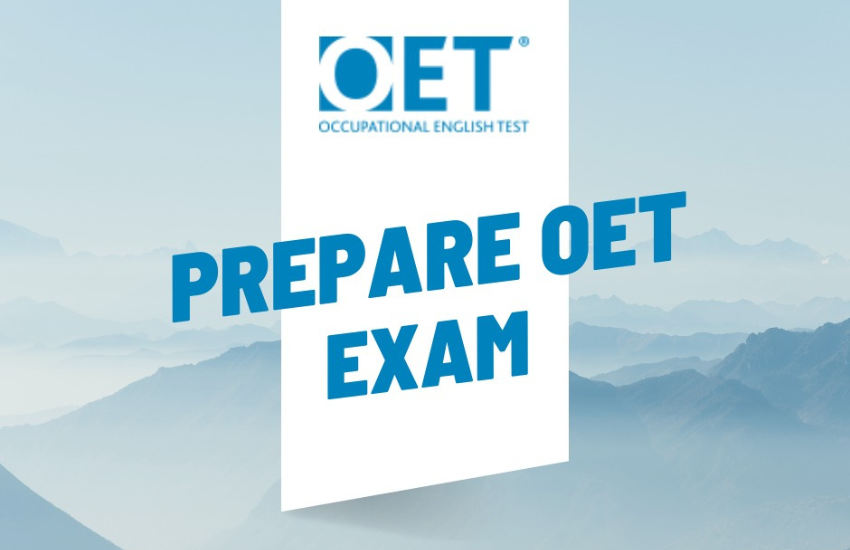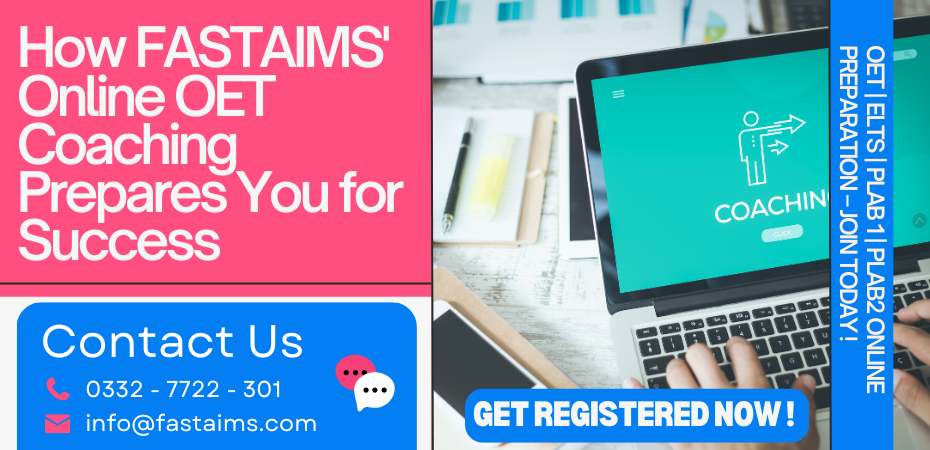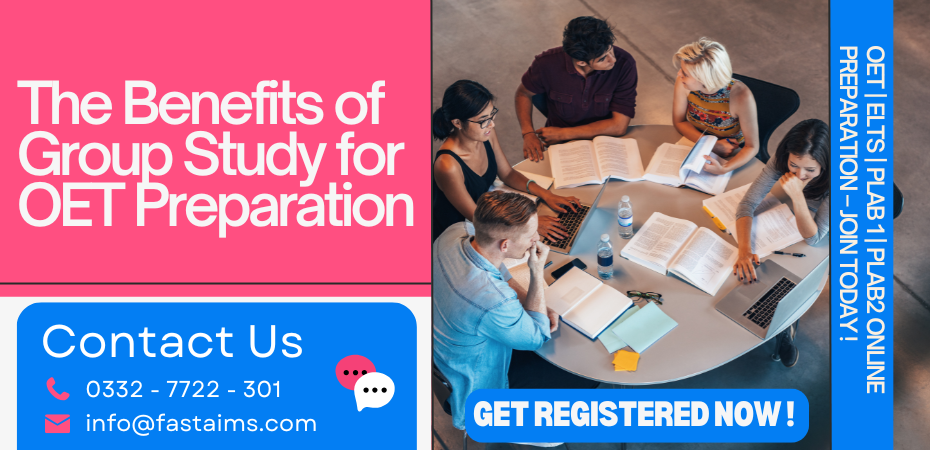Understanding OET Listening: A Comprehensive Breakdown
Introduction
Listening is a vital skill for every healthcare professional. Whether you’re interacting with patients, collaborating with colleagues, or participating in professional development, strong listening skills can directly impact the quality of care you provide. The Occupational English Test (OET) recognizes this and has a dedicated listening sub-test to evaluate how effectively healthcare professionals can understand spoken English in a medical context.
This article delivers a comprehensive breakdown of the OET Listening sub-test. We’ll cover its format, strategies, common pitfalls, and how to prepare efficiently—so you can walk into the exam room ready and confident.
Importance of Listening Skills in Healthcare
In real healthcare settings, misunderstandings can lead to poor outcomes. Listening carefully is not just about hearing words—it’s about interpreting patient concerns, following clinical instructions, and understanding nuanced conversations. That’s why the OET Listening test mimics real-world scenarios closely.
Overview of the OET Listening Sub-Test
The OET Listening sub-test assesses your ability to comprehend spoken English in a healthcare environment. It consists of three parts with a total of 42 questions and takes approximately 40 minutes. The topics and scenarios are relevant to various healthcare professions, making the test directly applicable to your career.
Structure of the OET Listening Sub-Test
Listening Part A: Consultation Extracts
In Part A, you’ll listen to two recorded healthcare consultations. Your task is to complete notes based on what you hear. This section tests your ability to extract specific information during a medical conversation between a professional and a patient.
Tips: Focus on symptoms, medical history, treatments, and any instructions provided by the healthcare professional.
Listening Part B: Short Workplace Extracts
This section includes six short audio extracts from a range of workplace settings. You’ll listen to one question per extract with three multiple-choice options.
Scenarios include: Team briefings, handovers, and discussions with colleagues.
Goal: Understand the gist, purpose, or attitude of the speaker.
Listening Part C: Presentation Extracts
In Part C, you’ll hear two longer extracts from presentations or interviews with healthcare professionals. Each extract is followed by six multiple-choice questions.
What’s tested: Your ability to follow extended speech, identify opinions, tone, or detailed meaning.
Scoring Criteria in OET Listening
How Your Listening Responses Are Evaluated
Your answers are scored based on accuracy and relevance. You’re expected to understand:
Main ideas
Specific details
Purpose and attitude
Inference and implied meaning
There’s no penalty for incorrect answers, so always attempt every question.
What Does a Good Score Look Like?
OET scores range from 0 to 500 per sub-test. Most regulatory bodies require a minimum score of 350 (Grade B), indicating a high level of proficiency in understanding spoken healthcare English.
Effective Listening Strategies for Each Section
Strategies for Part A: Note-Taking and Focus
Preview the notes before the audio starts.
Anticipate vocabulary and possible answers.
Write quickly but legibly, using abbreviations when necessary.
Strategies for Part B: Context Clues and Keywords
Read the question before listening.
Focus on the speaker’s tone, intent, and repeated terms.
Watch out for distractors—don’t choose an answer just because you heard a keyword.
Strategies for Part C: Understanding Tone and Inference
Listen for opinions, changes in tone, or qualifiers (e.g., “possibly,” “rarely,” “usually”).
Take brief notes to capture the structure of the speaker’s argument.
Practice identifying the speaker’s attitude or viewpoint.
Common Mistakes to Avoid in the Listening Sub-Test
Not Reading Questions in Advance
If you don’t preview the questions, you’ll waste time trying to keep up with the audio while understanding what’s being asked. Use the reading time wisely to familiarize yourself with what’s expected.
Getting Distracted by Unknown Vocabulary
It’s normal to hear words you don’t understand. Don’t panic—focus on the overall meaning. Often, the context helps you understand the word, or it might not be crucial for answering the question.
Best Practice Materials and Resources
Official OET Listening Practice Tests
The OET website provides sample tests and preparation materials that mirror the real exam. Practicing with these builds familiarity and boosts your confidence.
Recommended Podcasts and Audio Tools
BMJ Podcasts (British Medical Journal)
NEJM Interviews (New England Journal of Medicine)
Medical English Podcasts tailored for healthcare professionals
Listening daily to professional content sharpens your ear for different accents and improves medical vocabulary retention.
How to Improve Listening Skills Outside of OET Practice
Daily Listening Habits for Medical English
Incorporate English audio into your daily routine:
Listen to healthcare podcasts while commuting.
Watch medical documentaries with English subtitles.
Join online forums with spoken discussions or voice chats.
Real-World Applications for Better Retention
The more you apply listening in practical settings—like shadowing English-speaking professionals or engaging in role-plays—the stronger your retention and understanding will be.
Frequently Asked Questions (FAQs)
Can I Replay the Audio in OET Listening?
No. The audio plays once only, so it’s essential to stay focused and follow along closely.
How Long is the Listening Sub-Test?
The listening section lasts approximately 40 minutes, including time to read questions and transfer answers.
What Accents Are Used in the Listening Exam?
The test includes a range of native English accents—British, Australian, American, and occasionally others like Irish or South African.
Conclusion: Master the OET Listening Sub-Test with Confidence
Success in the OET Listening sub-test comes from understanding its structure, practicing actively, and learning how to interpret real-world healthcare conversations. Use the strategies outlined in this guide to strengthen your listening comprehension and approach the test with clarity and assurance. With regular practice and the right mindset, you’ll be well-prepared to ace the listening test and move one step closer to your healthcare career goals.




